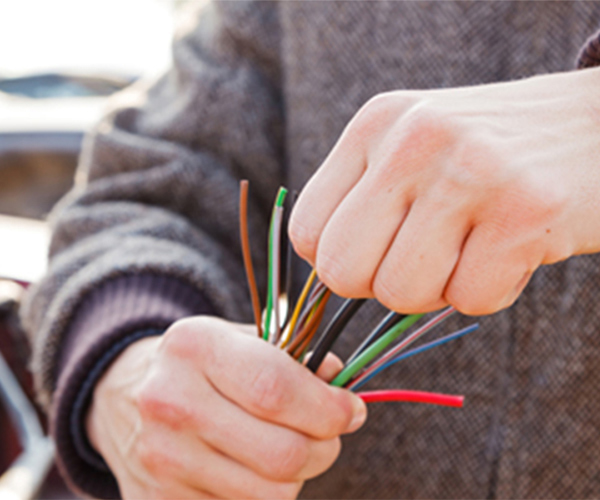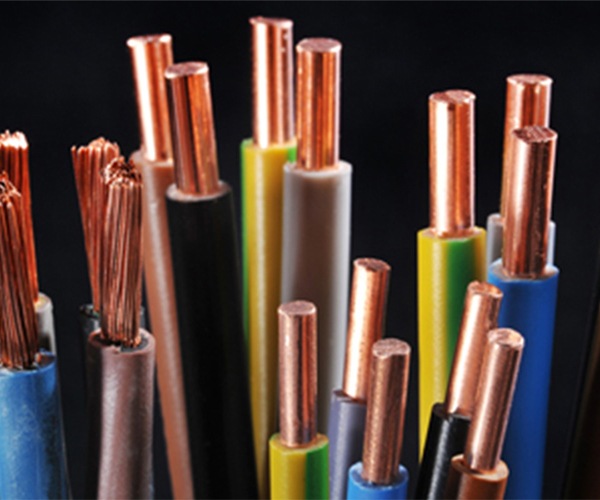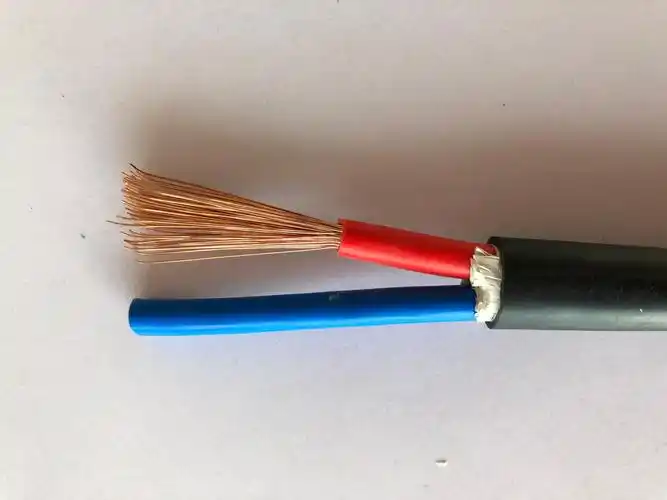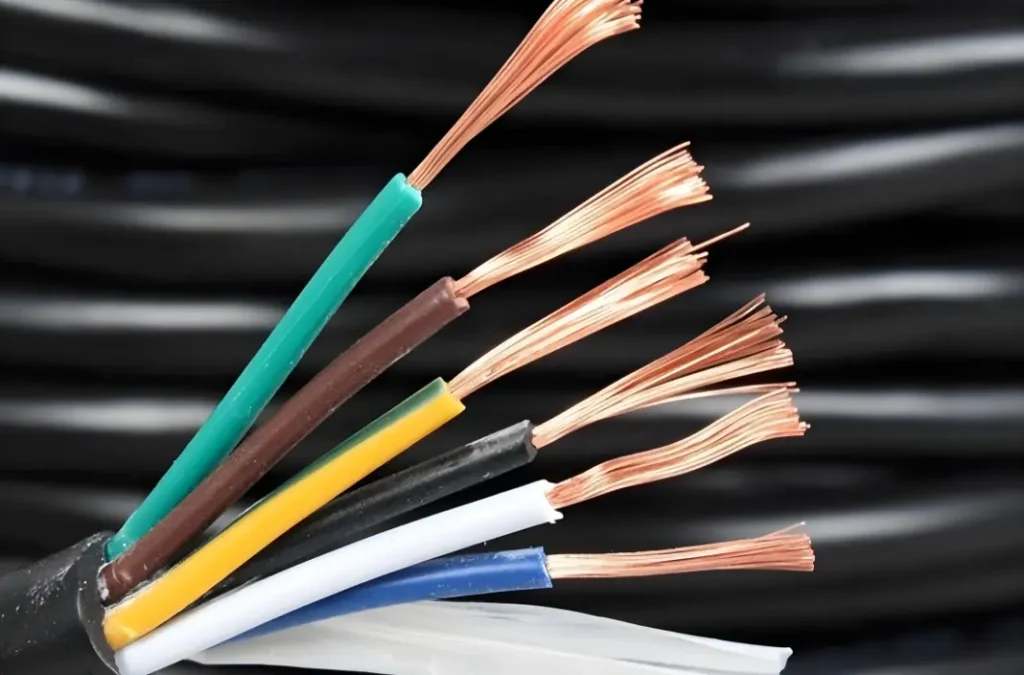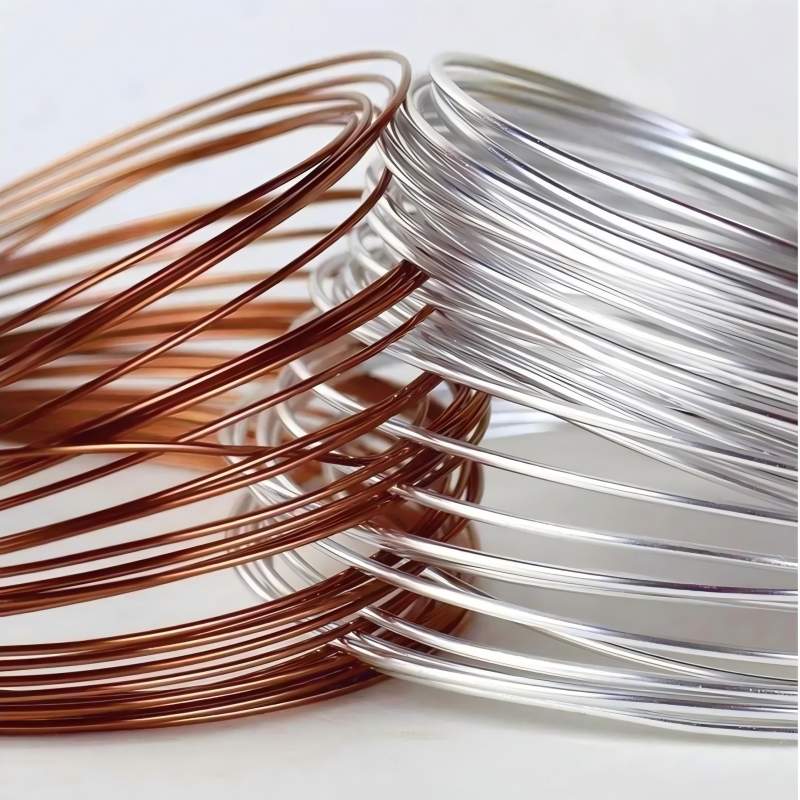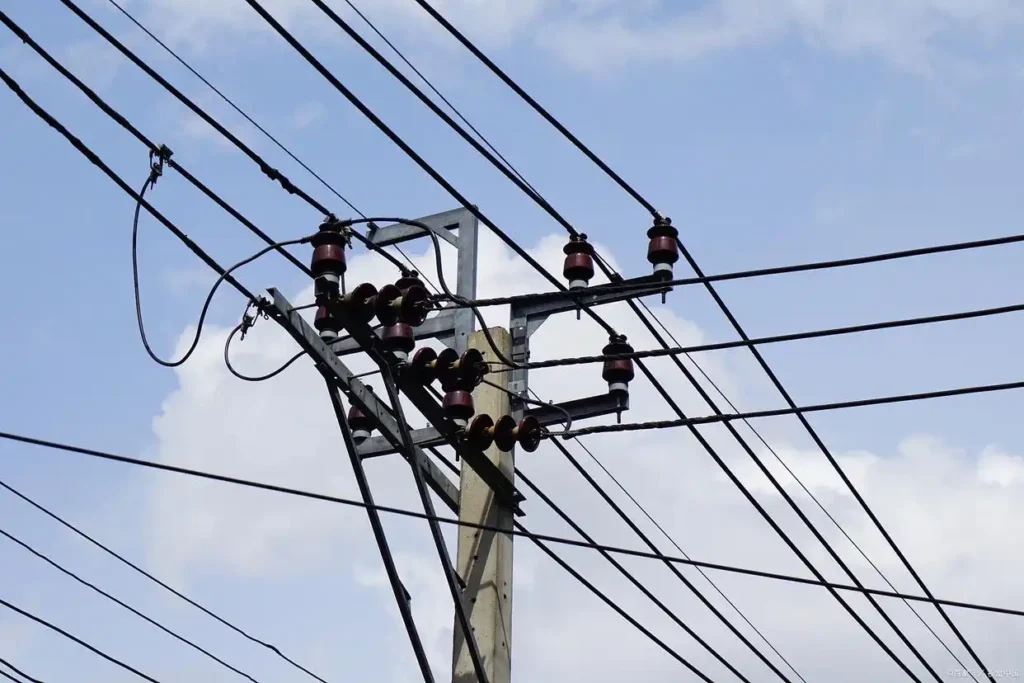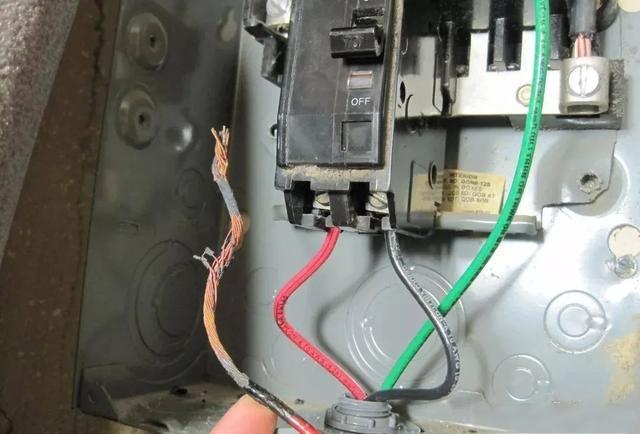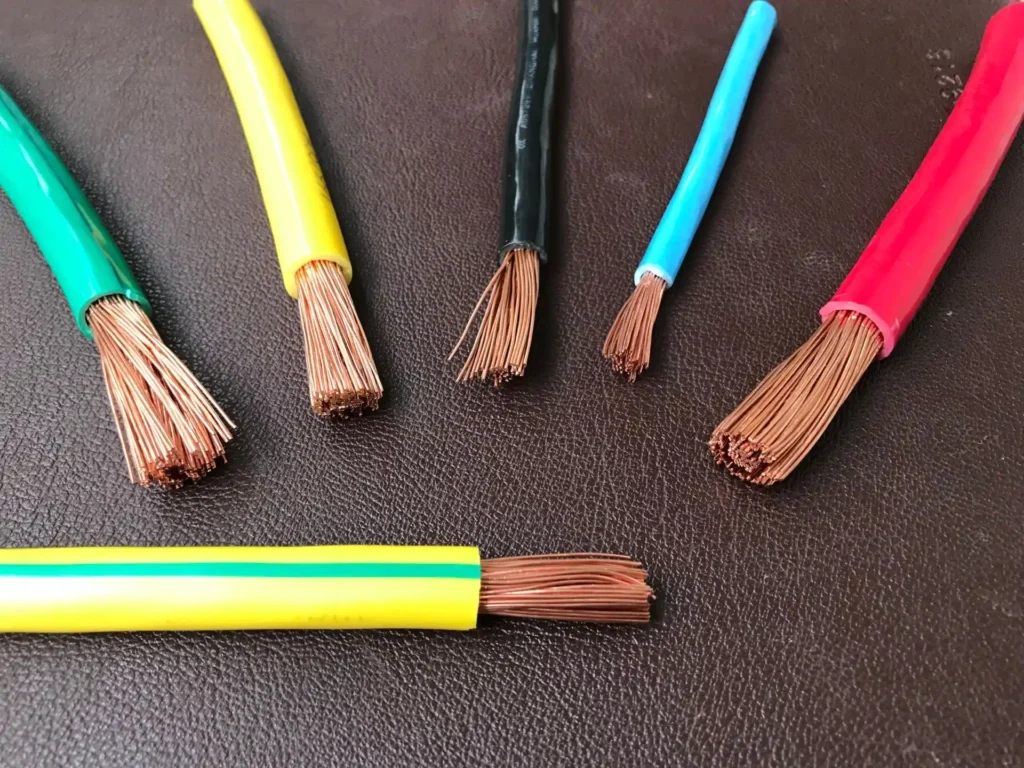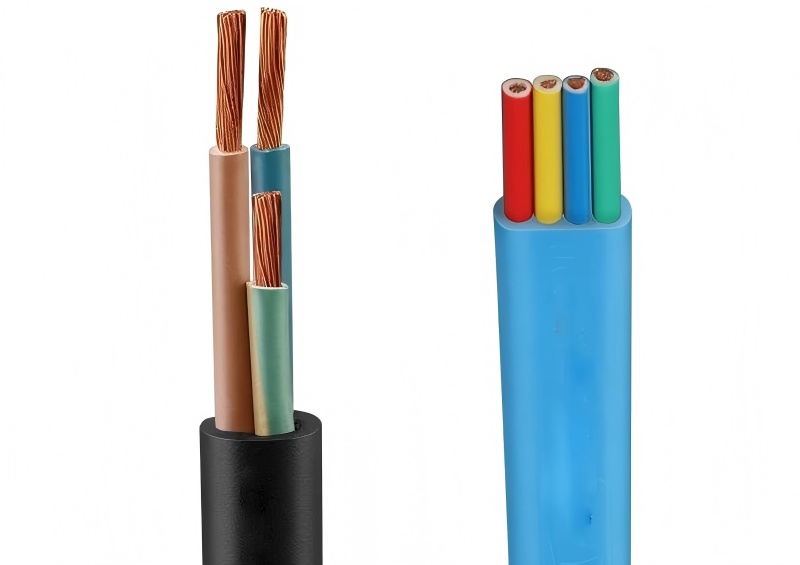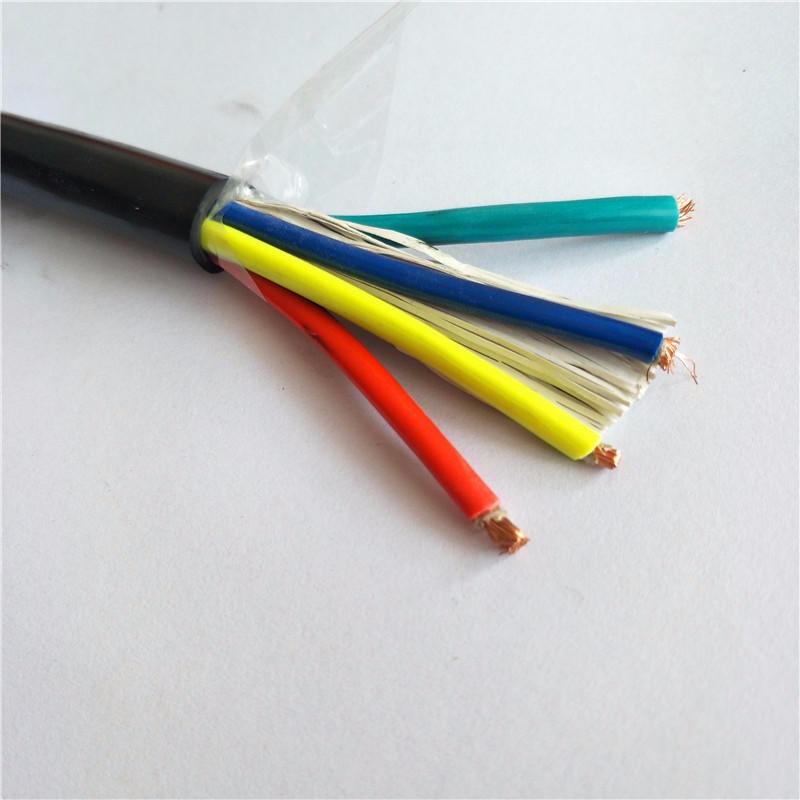1. The Invisible Killer: How UV Light Eats Away the Life of Rubber Ultraviolet rays in sunlight are an invisible killer for tires. When ultraviolet rays with a wavelength of 295-400nm strike rubber molecules, they sever the chemical bonds within the polymer chains. This causes the rubber to suffer from a triple damage: microcracks, hardening, […]
Kategorie-Archive: Blog
Electrical wires, the silent lifeblood of home safety, can often become “invisible killers” due to careless purchasing. Avoiding these pitfalls is the only way to protect your lifeline. Trap 1: Superstitious about Low Prices, Giving Safety a Backseat to Greed The “lowest price wins” mentality, like with electrical wires, is the beginning of danger. Low […]
Das Beschichten von Kabeln mit feuerfesten Beschichtungen ist wie das Umhüllen dieser "Lebensadern" der Elektrizität mit einer Schutzschicht von weniger als einem Millimeter Dicke. Diese mikroskopisch kleine Verteidigungslinie erhielt im Jahr 2025 ein technologisches Upgrade: Die neu veröffentlichte nationale Pflichtnorm GB 28374-2025 "Feuerhemmende Beschichtungen für Kabel" wird im Juni 2026 in Kraft treten und eine stärkere Barriere für […] bieten.
1. Vorbereitung vor der Auswahl: Klären Sie die Kernbedarfsparameter Der erste Schritt beim Kauf von Kabeln besteht nicht darin, sich das Produkt anzusehen, sondern die eigenen Bedürfnisse zu ordnen. So wie ein Arzt eine Diagnose stellen muss, bevor er ein Rezept ausstellt, müssen die drei Kernparameter der Kabelauswahl klar sein: Elektrische Parameter sind die Grundlage […]
1 Differences in conductivity and fire risks The starting point of electrical fires is often hidden in invisible resistance. The resistivity of copper is only 1.678 μΩ·cm, while the resistivity of aluminum is as high as 2.82 μΩ·cm, which is about 68% higher than copper. This difference in physical properties directly determines the heat generated by […]
1. Material Revolution: Molecular Breakthrough of Insulation Layer and Conductor The core bottleneck of the transmission performance of wires and cables lies in dielectric loss and conductor impedance, and material innovation is solving this problem at the molecular level. Foaming insulation technology has become a key path to increase the rate. The patent of Changfei Optical […]
1. “Urban powder keg”: old lines become the source of fire The fuse of electrical fire is buried deep in the walls of buildings. When the insulation layer of the wire ages and breaks, the metal conductor is exposed like a sharp blade. Data shows that short circuits account for 73.7% of the causes of […]
1. Blood and tears warning: non-standard cables are invisible fire bombs Statistics from the Ministry of Emergency Management show that cable problems have become the primary cause of fire. In the past ten years, major fire accidents caused by cables in the country accounted for more than 50% of the total number of fires, of which […]
1. Production process advantages: a natural choice for manufacturing efficiency The manufacturing of wires and cables is a high-speed and continuous industrial process, where the round design demonstrates unparalleled production advantages. From conductor drawing to multi-layer insulation extrusion, round dies are technically the easiest to achieve and the lowest cost. In the wire drawing process, […]
1. The invisible threat of traditional cables, the fatal cost behind burning The insulation layer of traditional cables is mostly made of polyvinyl chloride (PVC), and its flame retardancy depends on halogen additives. Once a fire breaks out, These halogen-containing materials will release toxic gases such as hydrogen chloride and dioxins and produce a lot of black […]

